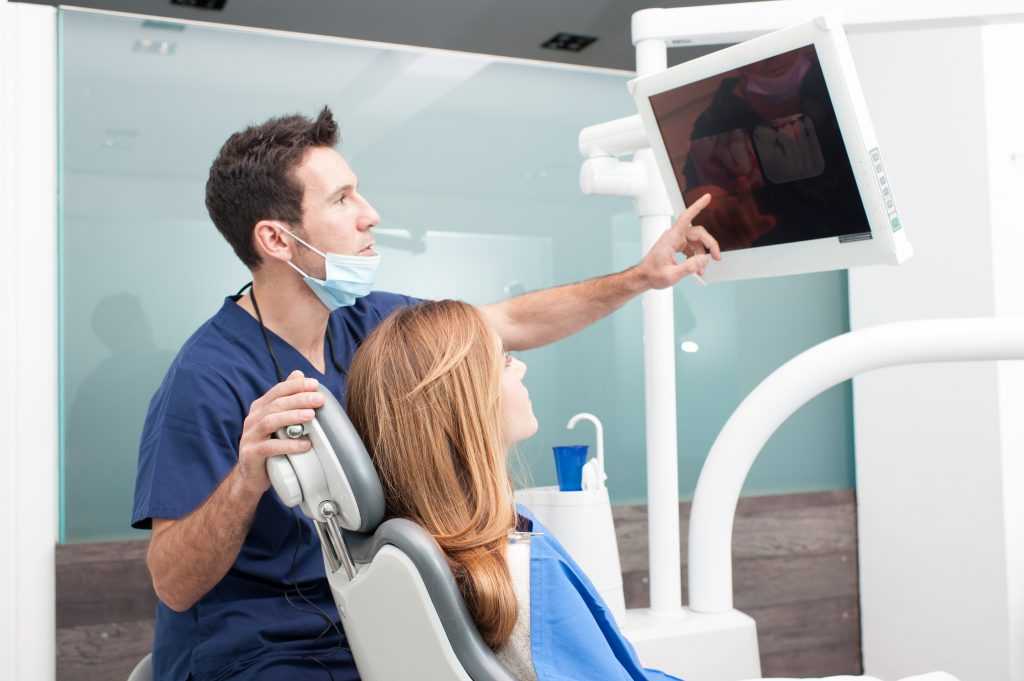
How long is it since you were able to tear into a really good steak, or chomp through a box of popcorn at the pictures? Are you one of the people with missing teeth, who’ve had to say a sad farewell to their favourite foods because their false teeth just can’t cope with biting and chewing without moving around, and possibly even leaving their mouths? Well, even if a few years ago, you were told they weren’t for you, why not investigate dental implants?
Dental implants give a stable, secure solution to missing teeth. More and more people are finding that they are now a suitable candidate for implants, especially if they are fitted by highly trained and experienced dentists, such as those at Moor Park Dental in London.
These are the dentists that other dentists refer patients to when there is more than your ordinary implant surgery required, such as preparatory surgery to improve the state of the jawbone, such as a sinus lift.
Basic implant surgery: how it works
The dentist drills an artificial socket into the jawbone, into which they insert a tiny titanium post, This replaces the root of the lost tooth. After this, you can expect to spend several weeks between appointments while healing takes place. It is during this time that titanium of the post actually integrates with the new bone tissue, which grows around it. By the end of this, the artificial root of the dental implant is held in place by the jaw, just as if it was a natural tooth.
Once the jawbone has healed, you come back for your next appointment when your artificial crowns are fitted. The crowns are handcrafted using porcelain matched to the colour of the surrounding teeth. They are shaped so that they blend into the mouth. When you leave with your new crowns, no one but the dentist and you will know which teeth are your own, and which are porcelain teeth being held in place by dental implants.
A single dental implant can carry a single replacement tooth, or a bridge holding several teeth. You can even have an entire set of teeth for each jaw, on between 4 and 6 implants, using an implant procedure known as All-On-4.

